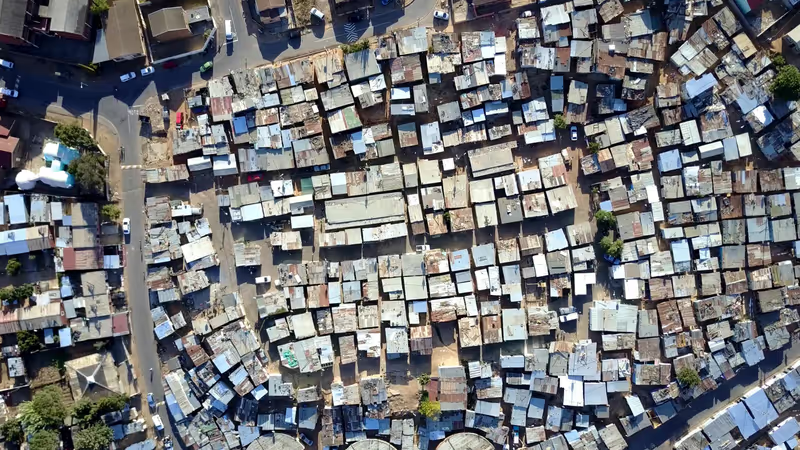| Student: | |
|---|---|
| Timeline: | November 2018 - 20 November 2022 |
Critical infrastructure services, by definition, are crucial to the functioning of modern communities. A single failure in a critical infrastructure system can have cascading effects and affect an entire network of services and, thereby even an entire city (Serre & Heinzlef, 2018). The spatial propagation of cascading effects is higher with high concentration of activities, service network and population density. Challenges such as climate change and rapid urbanisation are increasing the world’s susceptibility to disasters, which has raised the potential of damages and socio-economic losses caused by system failures (Serre & Heinzlef, 2018). Traditional disaster management is inadequately equipped to deal with cascading effect induced infrastructure breakdown (Zuccaro, De Gregorio, & Leone, 2018). Prevention and planning management strategies do not take into account the dynamics of interdependencies, and therefore the dynamics of cascading effects (Serre & Heinzlef, 2018). The growing complexity of interconnected risk suggests that a shift has occurred in a way emergency planners and urban facility managers need to improve preparedness and response to cascading effects (Pescaroli, Wicks, Giacomello, & Alexander, 2018). The main difficulty is that experts cannot precisely predict the potential breakdown of infrastructure or its cascading effects (MacDermott, Hurst, Shi, & Merabti, 2014). There are still many uncertainties on how cascading effects develop during and after a disaster for instance. Indeed, it is difficult to develop an efficient mitigation strategy against system failure induced by cascading effects without understanding the temporal and spatial propagation behaviour of cascading effects (Daqing, Yinan, Rui, & Havlin, 2014). The dynamic nature of propagation behaviour creates complex situations of interdependence in urban system (Serre & Heinzlef, 2018) raising the indispensable need to address cascading risks and critical infrastructure interdependencies in multi-agency/stakeholder planning (Brown, Seville, & Vargo, 2017). Research on infrastructure interdependency can be analytically complex when combined with the interaction of CI system and people, time-consuming, and costly, which in turn can limit the ability of stakeholders to understand and use this information to make risk-informed decisions to reduce the losses caused by cascading effects (Gill & Malamud, 2016). But often, individual organizations/stakeholder/CI service providers are unable to solve these challenges on their own, related to the fact that they are part of a complex network of networks (Petit & Verner, 2001). The dynamic nature of propagation behaviour creates complex situations of interdependence in the urban system (Serre & Heinzlef, 2018) raising the indispensable need to address cascading risks and critical infrastructure interdependencies in multi-agency/stakeholder planning (Brown, Seville, & Vargo, 2017). Unravelling such complex system of the large interconnected network of people and urban services has a major bottleneck mentioned in many types of research is communication between different stakeholders involved in addressing disasters risks (O’Sullivan et al., 2013). Therefore, it is clear that assessing risks of cascading effects in CI system requires the participation of local communities and different stakeholders such as urban service providers, urban planners, disaster manager and decision making authorities in a more collaborative manner to aid the communication gap. The risk assessment should be product of dialogue and negotiations, between different stakeholders, with their own perceptions about what is ‘harmful’ for them (or not) (Patel, Phelps, Sanderson, & King, 2016). Therefore, adopting participatory approaches the risk cascading effects affecting the most vulnerable groups and the threats can be better identified. This research study attempts to integrate local knowledge with spatial planning, with participatory approach of data collection and analysis methods to fully consider critical infrastructure interdependencies. The approach can also emphasize to capture and share information between scientists and communities about hazards, vulnerability and capacity to cope with risks of cascading effects. Thereby, defining measures which hopefully from planning point of view are able to mitigate those problems in long term. Making local knowledge widely accessible to other actors allows them to use it for improved disaster risk planning, prediction and decision-making.




